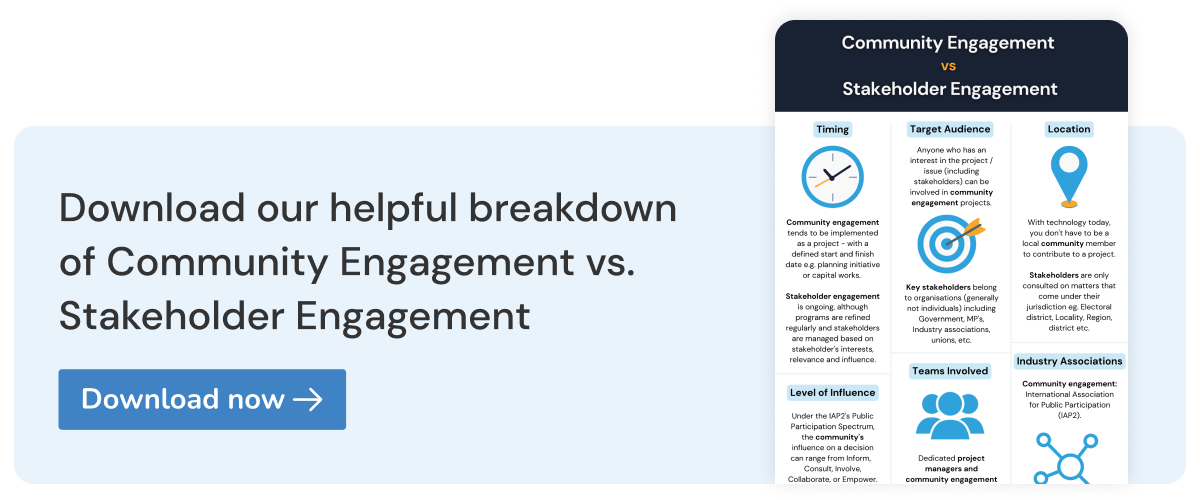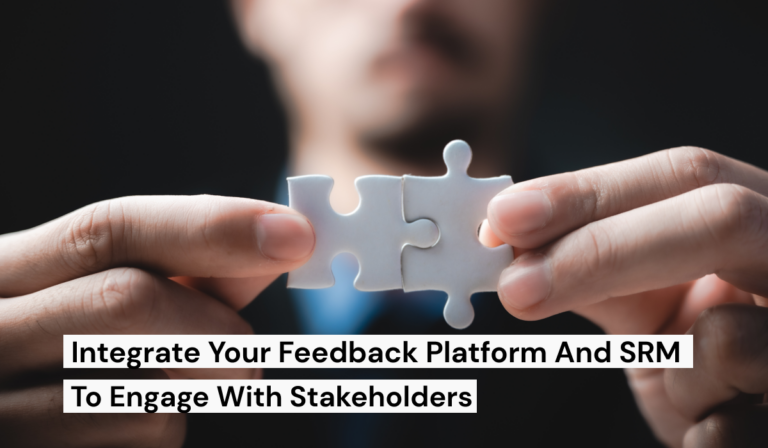Community engagement and stakeholder engagement are two distinct yet very interrelated concepts. Their foundations lie in engaging with people. Your community members can be stakeholders, and stakeholders can also be a part of your community. However, it is the distinct differences between the broader definitions of ‘community’ and ‘stakeholder’ that truly sets these two processes apart.
Community engagement involves informing, consulting, collaborating, and sometimes even empowering the public. Usually residents, business owners, and community groups are engaged to make more informed decisions and address distinct needs.
Whereas, stakeholder engagement integrates the concerns, expertise, and insights of a wide range of stakeholders such as industry associations, landowners, and governmental bodies as an example.
In this article, we will delve into the different concepts of stakeholder engagement and community engagement. We will highlight the key distinctions between these two approaches so you can create customised strategies to enhance your communication and collaboration efforts.
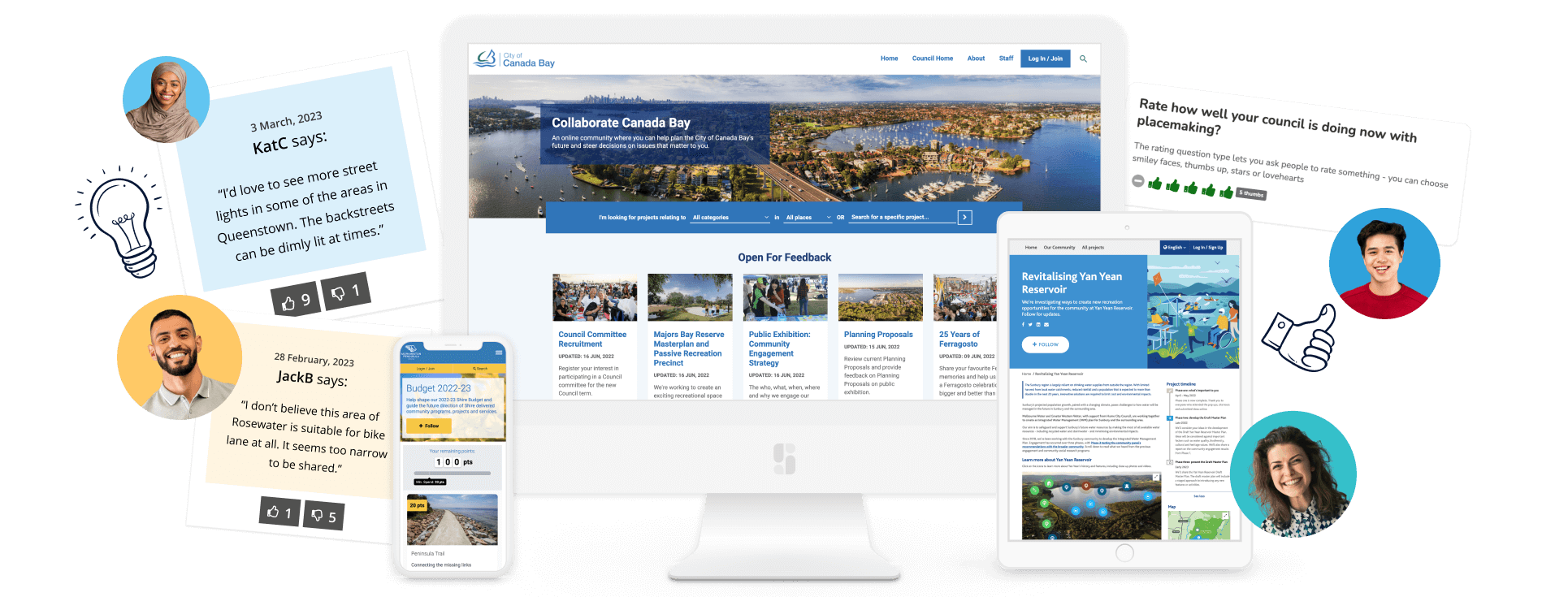
What is Community Engagement?
Community engagement uses a front-facing and collaborative approach to empower and engage with the public for decision-making purposes. Usually these consultations have a direct impact on the daily lives or well-being of the wider community.
For instance, in the case of an open space project, a local council may reach out to the community to gather input on potential amenities such as a sports field, skate park, or picnic area. This initiative is designed to foster feedback from a wide range of age groups and demographics.
The goal of community engagement is to create a collaborative atmosphere to foster a sense of ownership, trust, and active participation. Community engagement aims to ensure everyone’s voices are heard, allowing the public to help shape outcomes that align with their needs and aspirations.
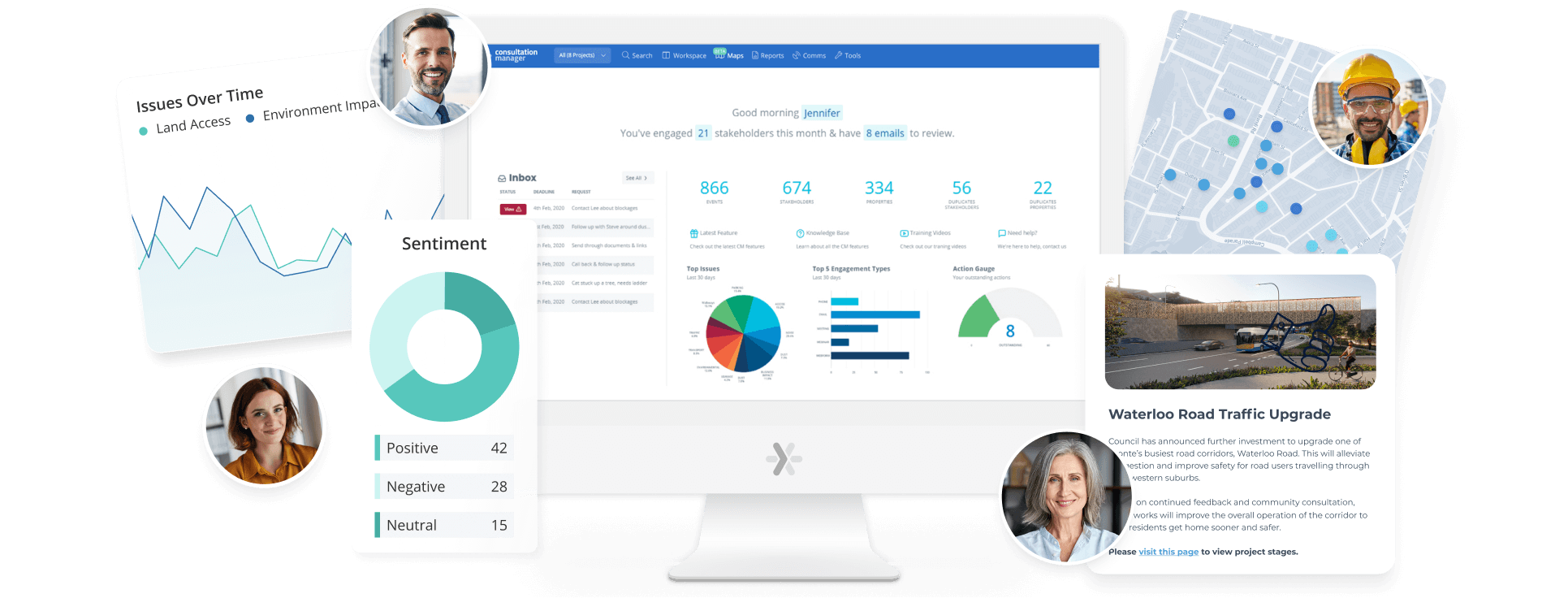
What is Stakeholder Engagement?
Stakeholder engagement is the process of targeting specific stakeholder groups, organisations, or individuals, who may have a high level of impact or influence in a particular project. These stakeholders might be someone who is affected or can affect the outcome of the project in some way.
For example, a city government seeking to build a new park would engage with local residents, environmental groups, and urban planners. This is to ensure that their project meets the vested interests and needs of their stakeholder groups.
The purpose of stakeholder engagement is to gather their input, insights, concerns, and feedback to make informed decisions, build better relationships, and create outcomes that are acceptable and beneficial to all involved parties.
What is the difference between community engagement and stakeholder engagement?
Community engagement and stakeholder engagement are related concepts that involve interacting with various groups. But, they do have distinct focuses and scopes.
Community engagement interacts with broader groups, including residents and local organisations, aiming for more inclusive communication and shared project ownership.
On the other hand, stakeholder engagement builds relationships with influential entities tied to a project, focusing on effective communication and alignment of goals. Both approaches enhance collaboration and decision-making.
To dive deeper, here’s an outline of the key distinctions between stakeholder engagement and community engagement:
- Timing
- Level of Influence
- Target Audience
- Teams Involved
- Location
- Industry Associations
Timing
Community engagement: This tends to be implemented as a project with a defined start and finish date. By having clear timelines and objectives, the project-based nature of community engagement ensures focused efforts and timely achievements. Whilst also maximising the impact on the community and stakeholders involved.
Stakeholder engagement: Usually ongoing, although projects are refined regularly and stakeholders are managed based on stakeholder’s interests, relevance and influence. Doing so, prioritises the nature of building positive relationships, fostering adaptability and responsiveness in addressing stakeholder needs and concerns long term.
Level of Influence
Community engagement: Under the IAP2’s Public Participation Spectrum, the community’s influence on a decision can range from Inform, Consult, Involve, Collaborate, or Empower. This spectrum allows for a structured approach, enabling project managers to tailor community engagement strategies based on the desired level of community influence and participation, fostering more effective outcomes.
Stakeholder engagement: Stakeholders can have diverse roles and interests, and they might not all be part of the same community. Affected or interested stakeholders can be involved in both processes, with the levels of influence varying for each project.
Target Audience
Community engagement: Community engagement projects extend participation to anyone interested in the project or issue, including stakeholders.
Stakeholder engagement: Key organisational stakeholders such as Government, MP’s, Industry associations, and unions, play a crucial role in representing broader interests and perspectives.
Teams Involved
Community engagement: Dedicated Community Managers and Community Engagement Officers are assigned to different projects to ensure that the voices and needs of the community are actively heard and integrated throughout each stage of the project. They might facilitate open communication, conduct public meetings, and gather feedback while ensuring that community sentiments are well-represented and incorporated into the project’s development.
Stakeholder engagement: Engagement Advisors and Stakeholder Relationship Managers (Corporate Affairs and Community Relations) are assigned responsibility for managing relationships with important stakeholders. These individuals are selected for their expertise in stakeholder management to help understand the expectations and concerns of key stakeholders, to help improve relationships and align the project’s goals with their stakeholders’ interests.
Location
Community engagement: Thanks to the power of digital platforms and communication tools, individuals from around the world can now collaborate and make meaningful contributions to projects regardless of their geographical location. Establishing an online community engagement platform facilitates real-time discussions, feedback, and suggestions, to help overcome time zone constraints.
Stakeholder engagement: Stakeholder engagement operates on a more localised level, emphasising the significance of geographic context and direct impact. By ensuring that only those that are directly impacted by decisions have a voice, it can help shape outcomes that align with their specific interests and concerns.
Industry Associations
Community engagement: In the realm of community engagement, organisations often draw guidance from established frameworks such as the International Association of Public Participation (IAP2) guidelines. These guidelines underscore the significance of engaging communities of interest – groups united by shared concerns, goals, or identities.
Stakeholder engagement: On the other hand, stakeholder engagement takes a distinct direction, with the Public Relations Institute of Australia (PRIA) offering a comprehensive perspective. PRIA’s focus is on cultivating ongoing relationships with influential stakeholders who play pivotal roles in the project’s success. These stakeholders can range from Members of Parliament (MPs) to Government departments and key regulatory bodies.
Some practitioners are members of both organisations.
What solution works best for you?
Depending on the project you are working on or the scenario you are in, you need a balance of both stakeholder engagement and community engagement. By combining insights from both approaches, projects can achieve a better understanding of their impacts and make decisions that lead to more successful outcomes for all involved parties.
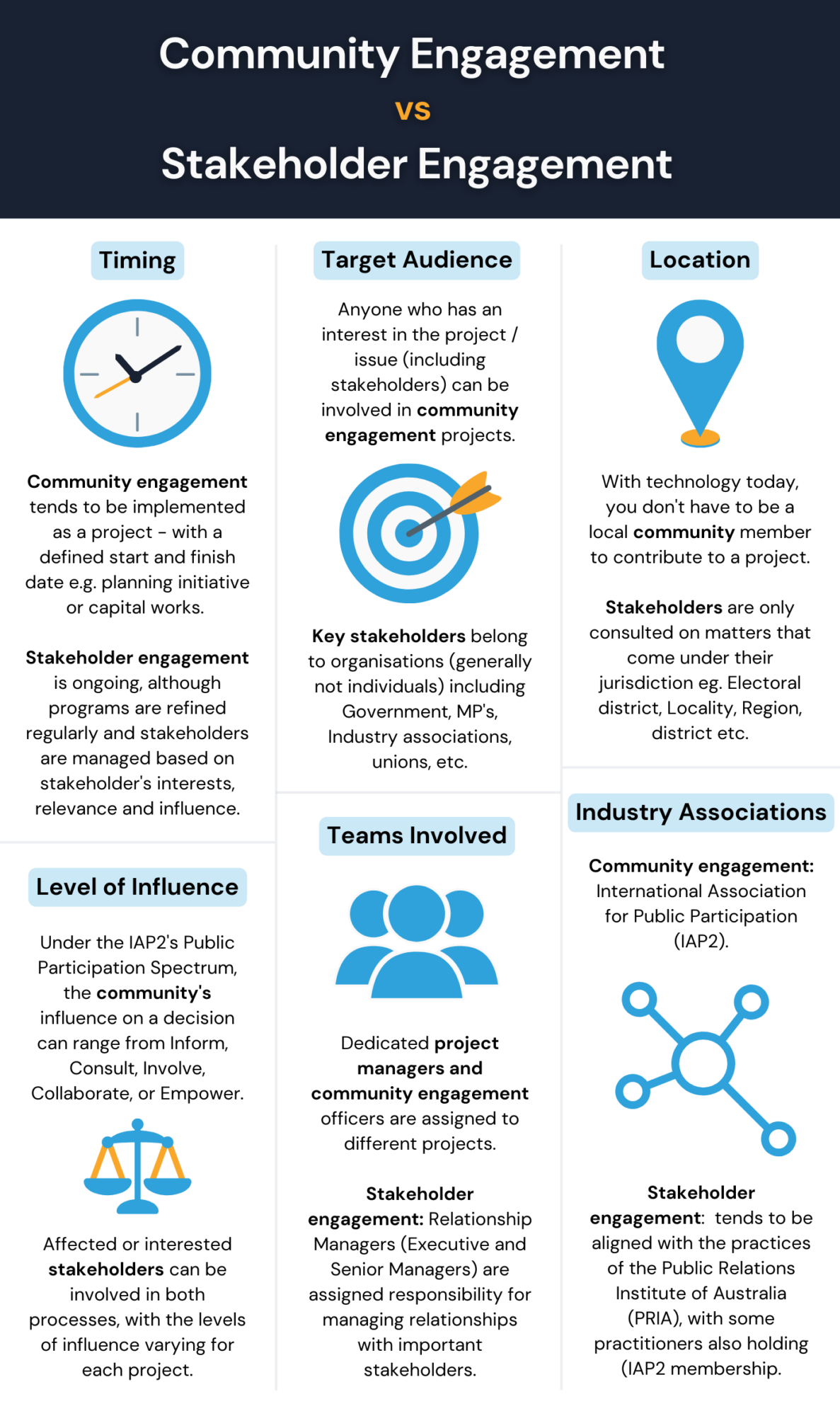
This article was originally published in 2017.


